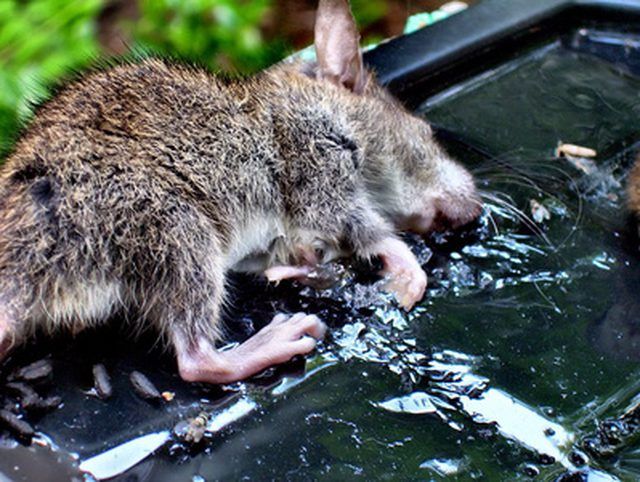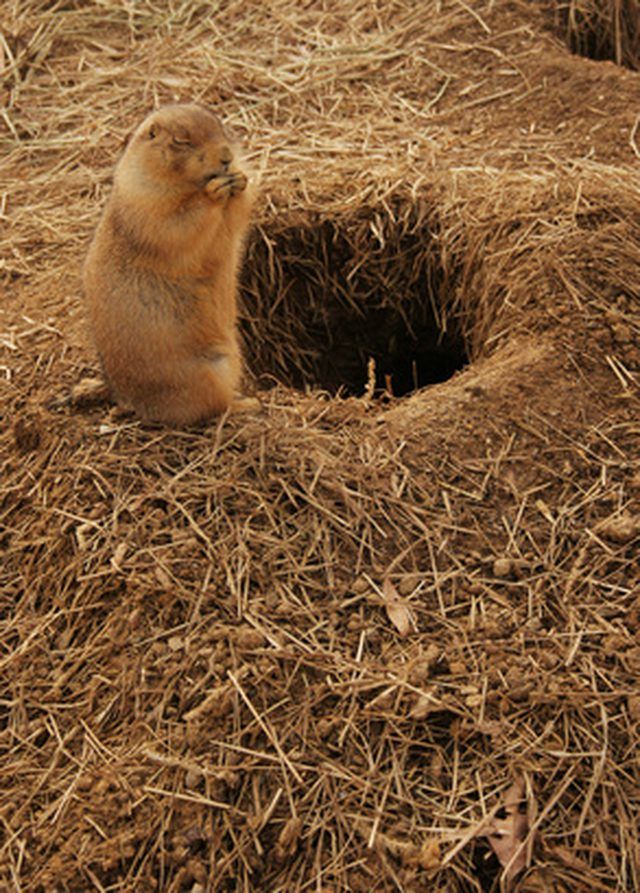Bulbs
Flower Basics
Flower Beds & Specialty Gardens
Flower Garden
Garden Furniture
Garden Gnomes
Garden Seeds
Garden Sheds
Garden Statues
Garden Tools & Supplies
Gardening Basics
Green & Organic
Groundcovers & Vines
Growing Annuals
Growing Basil
Growing Beans
Growing Berries
Growing Blueberries
Growing Cactus
Growing Corn
Growing Cotton
Growing Edibles
Growing Flowers
Growing Garlic
Growing Grapes
Growing Grass
Growing Herbs
Growing Jasmine
Growing Mint
Growing Mushrooms
Orchids
Growing Peanuts
Growing Perennials
Growing Plants
Growing Rosemary
Growing Roses
Growing Strawberries
Growing Sunflowers
Growing Thyme
Growing Tomatoes
Growing Tulips
Growing Vegetables
Herb Basics
Herb Garden
Indoor Growing
Landscaping Basics
Landscaping Patios
Landscaping Plants
Landscaping Shrubs
Landscaping Trees
Landscaping Walks & Pathways
Lawn Basics
Lawn Maintenance
Lawn Mowers
Lawn Ornaments
Lawn Planting
Lawn Tools
Outdoor Growing
Overall Landscape Planning
Pests, Weeds & Problems
Plant Basics
Rock Garden
Rose Garden
Shrubs
Soil
Specialty Gardens
Trees
Vegetable Garden
Yard Maintenance
Zinc Phosphide Mole Poison
Zinc Phosphide Mole Poison. Zinc phosphide is a rodenticide used to kill gophers, moles, rats and squirrels. It is federally approved as a mole poison. Zinc phosphide-laced bait has a strong garlic-like odor, according to Michigan State Department of Natural Resources and Environment (DNRE). This is supposed to make it unattractive to other...

Zinc phosphide is a rodenticide used to kill gophers, moles, rats and squirrels. It is federally approved as a mole poison. Zinc phosphide-laced bait has a strong garlic-like odor, according to Michigan State Department of Natural Resources and Environment (DNRE). This is supposed to make it unattractive to other animals. Unfortunately, rodenticides like zinc phosphide donít just poison moles. They kill all kinds of wildlife, including bald eagles, bobcats, deer, foxes, freshwater fish, hawks, geese and owls, reports the Environmental Protection Agency (EPA). Zinc phosphide also poses risks to children and pets.
How Zinc Phosphide Works
Zinc phosphide turns into a gas when it reaches fluid in the stomach. This gas destroys cells throughout the bloodstream and body and results in organ and tissue damage. It takes from 15 minutes to four hours for the mole to die, according to DNRE. The death is a painful one and involves abdominal pain, convulsions, nausea, vomiting and paralysis.

Zinc Phosphide and Bait-Shyness
Wildlife specialist Robert Pierce of the University of Missouri says that zinc phosphide doesnít work well because it is normally impregnated in grain bait and moles do not eat grain, seeds or nuts. Dale Miller, editor of "National Hog Farmer Magazine," writes that the high concentration of poison in zinc phosphide baits makes them unpalatable. A mole may not eat enough of the bait for it to have lethal effects and then learns to avoid the bait in the future. This "bait shyness," writes Miller, is a feeding cue young moles take from their mothers.

Dangers of Zinc Phosphide Use
Zinc phosphide can kill dogs and cats through secondary exposure and birds are especially affected by the mole poison, according to DNRE. It takes several months for the bait to be degraded by weather or for the mole to degrade. Dry bait may stay toxic indefinitely. Zinc phosphide is classified as a Category I toxin by the EPA for oral intake and inhalation exposure. Wet conditions create the toxic phosphine gas. Inhaling this gas through examination of an infected animal or its vomit can poison people, warns veterinarian Amanda Schnitker.

EPA Rulings on Zinc Phosphide Use
University of California wildlife specialist Terry Salmon told "Hay and Forage Growers Magazine" reporter Eric McMullen that farmers are allowed to use two applications of zinc phosphide a year. The farmer must wear protective gear, including a mask and respirator, when applying the mole poison. In addition, zinc phosphide cannot be used in areas where grain-eating birds feed and waterfowl must be frightened away for 24 hours after treatment.
In 1998, the EPA ruled that manufacturers of zinc phosphide rodenticides must use indicator dyes and bittering agents in their products to minimize risk to children and pets. The mole poison must not be sold as loose pellets but in preloaded bait stations.
The Nebraska Department of Agriculture adds that only 1 lb. or less of zinc phosphide mole poison may be sold to homeowners. Farmers may purchase 8 lbs. or more. Professional pest exterminators may buy 16-lb. units of the mole poison.
Protective Advances
National Wildlife Research Center (NWRC) scientists have found that adding anthraquinone repellent to rodenticides made of zinc phosphide can help protect wild fowl. Anthraquinone is a naturally occurring substance that absorbs near-ultraviolet light. This light spectrum is visible to many birds and also acts as a laxative. The NWRC scientists hope that the compound can teach wild birds to avoid the rodenticide.